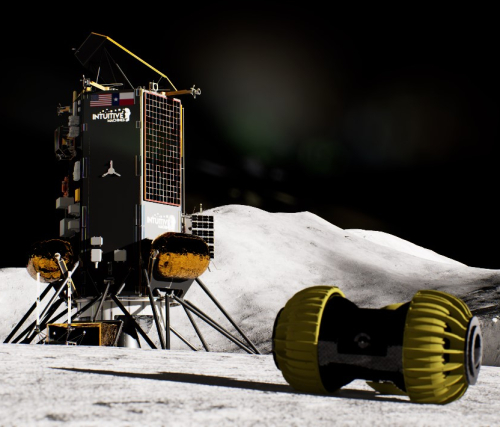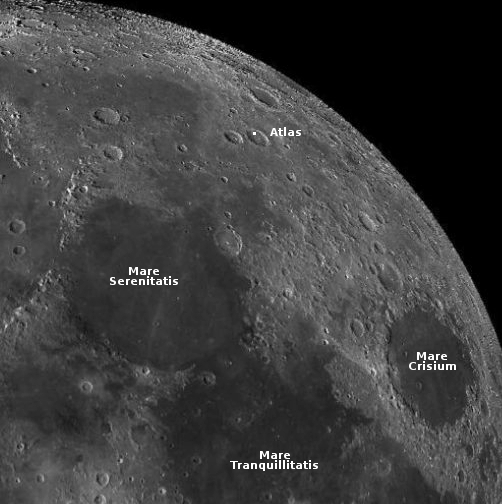ABL’s first launch attempt fails
The first launch of ABL’s RS1 rocket failed yesterday when the first stage engines shut down right after liftoff so that the rocket fell back onto the launchpad and exploded.
The company said in subsequent updates that the nine engines in its first stage shut down simultaneously after liftoff, causing the vehicle to fall back to the pad and explode. The company did not disclose when after liftoff the shutdown took place or the altitude the rocket reached. The explosion damaged the launch facility but no personnel were injured.
This rocket startup has raised several hundred million dollars, with its chief investor Lockheed Martin, which has also signed a contract for as many as 58 RS1 launches.
The first launch of ABL’s RS1 rocket failed yesterday when the first stage engines shut down right after liftoff so that the rocket fell back onto the launchpad and exploded.
The company said in subsequent updates that the nine engines in its first stage shut down simultaneously after liftoff, causing the vehicle to fall back to the pad and explode. The company did not disclose when after liftoff the shutdown took place or the altitude the rocket reached. The explosion damaged the launch facility but no personnel were injured.
This rocket startup has raised several hundred million dollars, with its chief investor Lockheed Martin, which has also signed a contract for as many as 58 RS1 launches.









